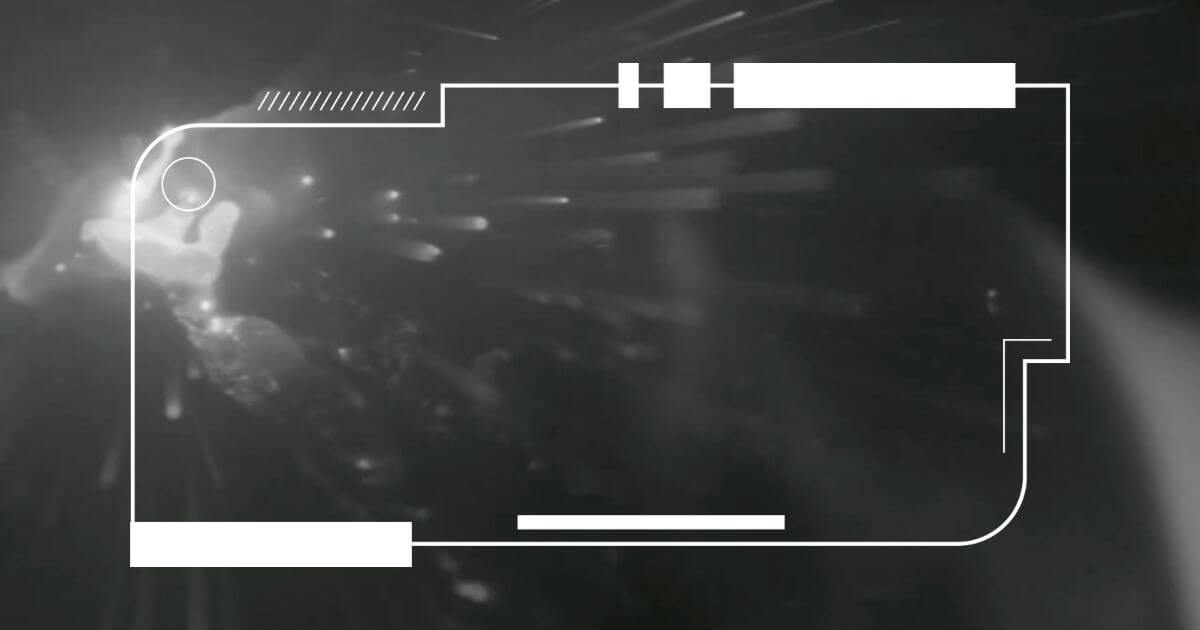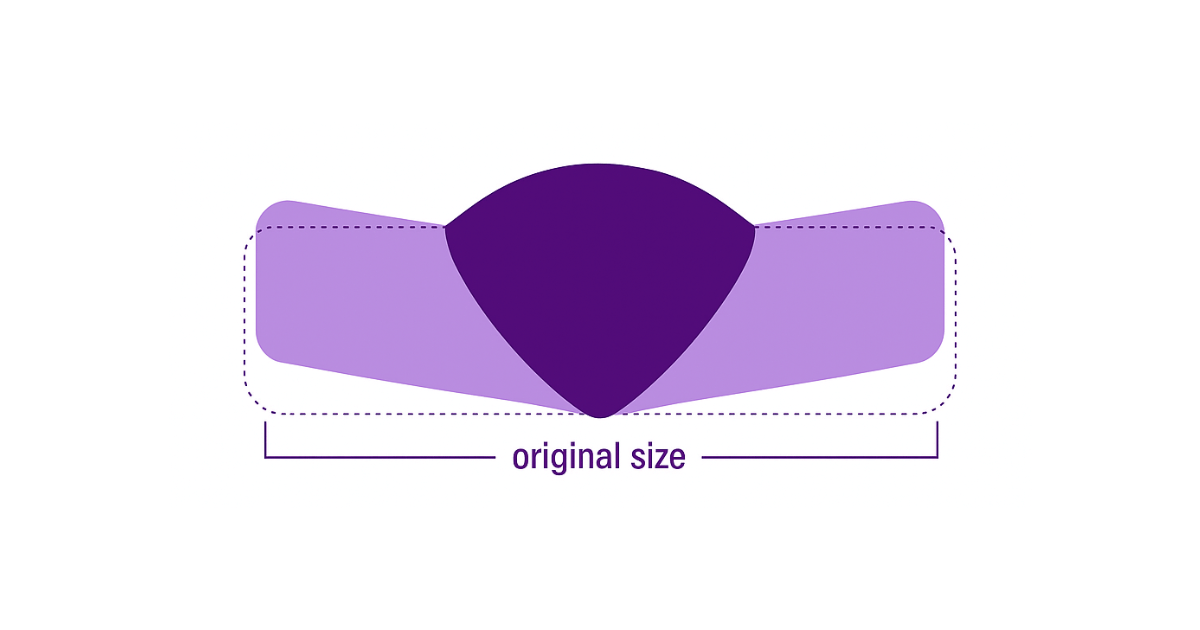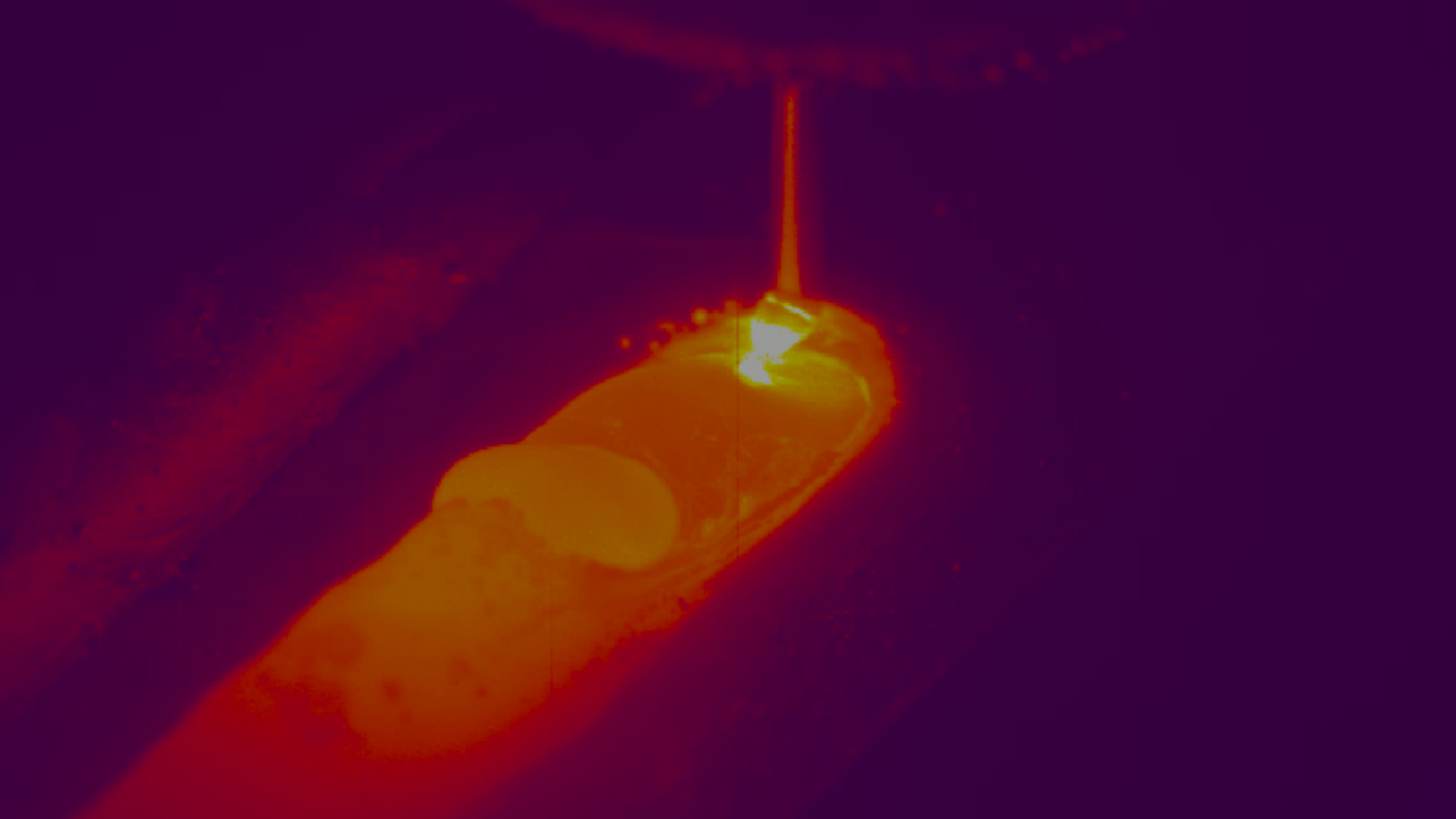In the high-pressure world of fabrication, welding downtime and rising operational costs can derail productivity and profitability. As welding processes grow more complex, and quality standards become stricter, traditional monitoring methods can struggle to keep pace.
Enter thermal cameras for welding —a major innovation that delivers real-time insights about the welding process, enabling better control and rapid problem resolution. By detecting welding issues before they escalate, thermal cameras and related software tools have the potential to transform the welding industry by reducing downtime and optimizing operational efficiency.
This article explores how thermal imaging technologies are reshaping welding processes, empowering manufacturers to meet challenges head-on while driving cost-effective, high-quality production.
What Are Thermal Cameras?
Thermal cameras capture and visualize temperature variations in real time using Short-Wave Infrared (SWIR) sensor technology where the image acquired is a 2D map of the heat levels that make their way to the camera. By looking at SWIR radiation (900-1700 nm) in the vicinity of the weld, state-of-the-art thermal cameras can aquire high-resolution thermal images of a process with great clarity and accuracy that can be used to detect process issues.
Unlike traditional single-point temperature sensors, which provide data from just one location, thermal cameras generate comprehensive two-dimensional temperature profiles of the entire weld zone. This allows operators to monitor critical parameters such as temperature distribution, cooling rates across a zone, and thermal cycles, with great detail.
Modern innovations, like the Xiris XIR-1800 thermal camera, take this further by combining the SWIR imaging capability with High Dynamic Range (HDR) sensor capabilities, enabling them to acquire images and measure temperatures of Gas Metal Arc Welding (GMAW) and pulsed Tig Arc welding (GTAW) processes as the hot metal moves through various stages of melt and cooling.
The result is a tool that can be used to get better insights into the welding process.
Key Advantages of SWIR based Thermal Cameras
1. Broad Temperature Detection: The best Thermal Cameras, such as the XIR1800, are also equipped with HDR imaging to enable them to detect a wide range of temperatures in the range of molten and hot metal, ensuring the best temperature detection performance in most harsh welding environments.
2. Real-Time Insights and Adjustments: Live thermal monitoring can generate plenty of data about the welding process that can empower operators to make immediate adjustments to welding parameters. The result is more consistent weld quality and reduced rate of defects without stopping the weld process.
3. Versatile Application: Designed for multi-process compatibility, thermal cameras excel across various welding and additive manufacturing techniques to see a large range of temperatures as the metal goes through its key transition temperatures.
How Thermal Cameras Can Reduce Welding Downtime
Thermal Cooling Rate Measurement
The thermal cooling rate of a weld bead can play a pivotal role in determining weld hardness and integrity. For instance, in steel welding, improper cooling can lead to the formation of brittle martensite or weak softer, ductile phases.
Using a thermal camera allows welding personnel to precisely measure the weld bead cooling rates, providing information to adjust parameters in real time to prevent defects. Measurements such as the t8/5 cooling time—the time required for a material to cool from 800°C to 500°C—is a critical metric that thermal cameras can track accurately to verify if a steel weld is cooling properly to ensure the resulting weld meets the desired quality requirements.
A video of a GMAW process laying down weld bead in spiral formation
Inter-Pass Temperature Control
Multi-pass welding and additive manufacturing processes require continuous monitoring of inter-pass temperatures, or the temperature of a previously deposited layer prior to deposition of a new layer.
Higher inter-pass temperatures can lead to a weaker weld bond with a new layer, while lower temperatures may lead to cracking. To compensate this, thermal cameras can be used to provide consistent, real-time measurements of the previous deposited layer, allowing operators to maintain the optimal temperature range prior to depositing another layer. The result is improved mechanical strength and weld quality.
Melt Pool Segmentation
The melt pool is a critical component of the welding process, influencing the structural integrity of the final product. Thermal cameras can be used to provide high contrast images of the melt pool, enabling easy segmentation of the melt pool from other features in a weld image.
Once segmented, machine vision can be used to measure the location, shape and size of the melt pool which can be used to help identify anomalies in the weld process such as contamination or irregularities that occur during solidification.
Using a thermal camera gives operators the opportunity to make immediate adjustments to their process on the fly, improving the quality of the weld process by reducing the creation of defects.
Operational Cost Savings with Thermal Cameras
Reduction in Waste Material
If left unchecked, weld defects can increase the scrap rate of fabricated material, increase raw material inputs and reduce productivity, ultimately increasing operational costs. By implementing a thermal camera on a welding process, real-time, high contrast images of the process can be generated and displayed to the operators for evaluation.
Monitoring such images provides operators updates on the conditions of the weld and temperature conditions post-weld that can help to detect and address potential defects before they cause catastrophic defects.
A key measurement tool known as the t8/5 cooling time provides real-time feedback as to the rate of cooling of the weld bead and its metallurgical properties, helping to avoid excessive brittle or ductile weld bead from forming and avoiding costly rework or material replacement that would be necessary.
Minimizing Maintenance and Rework Costs
Frequent maintenance and rework can not only inflate costs but also disrupt production schedules that could eventually lead to extended downtime. By implementing real-time thermal monitoring, welding personnel can improve their first-pass success rate by maintaining optimal weld parameters “on-the-fly” throughout the process.
Thermal cameras like the Xiris XIR-1800 enable precise tracking of critical metrics such as thermal cooling rates, inter-pass temperatures, and heat input distribution. By eliminating guesswork, these tools reduce the frequency of weld defects and the associated downtime for maintenance and rework, ensuring smoother, less interrupted production cycles.
Integration with Automation
In modern manufacturing, the integration of thermal weld cameras with automated welding systems has become a game-changer. Thermal cameras can provide instantaneous feedback to automatic welding cells as to the health of the weld and the quality of its parameter inputs, allowing operators to make dynamic adjustments as needed without stopping the equipment.
This seamless integration ensures more consistent weld quality and reduces the need for expensive manual intervention. The enhanced process control afforded by an automatic welding cell can boost welding throughput, enabling fabricators to meet higher production demands while maintaining quality standards. Items such as the torch-to-seam alignment, wire feed rate and positioning, and melt pool characteristics, can all be monitored during the automatic welding process to ensuring better quality in every weld.
Thermal Cameras Applications for Reducing Weld Downtime
Applications in Metal Additive Manufacturing (AM)
In the rapidly evolving field of Metal Additive Manufacturing (AM) using Direct Energy Deposition (DED) technology, maintaining precise thermal control of the material deposition is critical for achieving optimal product build quality.
The Xiris XIR-1800 thermal camera can be a powerful tool to help monitor inter-layer cooling rates, which directly influence the structural integrity of the deposited material and its bonding with a previous layer. By dynamically measuring the inter-layer cooling rate and adjusting the heat input in real-time, DED processes can deposit more consistent layers while minimizing defects such as porosity and warping. The result is better build quality and reduced downtime associated with correcting errors, making it an indispensable tool for AM production workflows.
Applications in Automated Industrial Welding
Thermal cameras have found extensive use in addressing the challenges of welding high-strength steel where precise control of thermal parameters is critical to maintaining material strength. The Xiris XIR-1800 thermal camera can measure the rate of cooling of the weld bead, melt pool shape and size, and other temperatures around the melt pool.
All these measurements can help operators fine-tune their welding processes in real-time. As an example, in a narrow gap TIG welding environment, the XIR-1800 thermal camera can help ensure weld wire is properly fed into the melt pool, which ultimately can lead to more consistent weld quality and fewer defects. Such applications showcase the transformative potential of thermal imaging in enhancing productivity, reducing defects and operational costs across various industrial welding processes.
Conclusion
In today’s competitive industrial landscape, the stakes are higher than ever for fabricators to minimize downtime and optimize costs. Thermal weld cameras are at the forefront of this transformation, helping to reshape welding and additive manufacturing processes by providing real-time, actionable images and measurements. These advanced tools empower welding operators to detect and address quality issues before they escalate, reducing defects, rework, and material waste while enhancing efficiency and precision.
With innovations like the Xiris XIR-1800 thermal camera, fabricators can achieve unparalleled control over critical welding processes using measurements such as cooling rates, inter-pass temperatures, and melt pool size, shape and location. Whether in high-strength steel welding or the intricate layers of additive manufacturing, the ability to monitor and adapt in real time ensures consistent quality and seamless production.
As technology continues to evolve, the integration of thermal cameras with automation and AI-driven systems will further elevate the capabilities of industrial processes.
This progress will not only set new benchmarks for operational efficiency in the future but can position fabricators to meet the ever-growing demands of modern production with confidence. The future of welding and manufacturing lies in embracing these innovations, paving the way for smarter, more reliable, and cost-effective operations.








